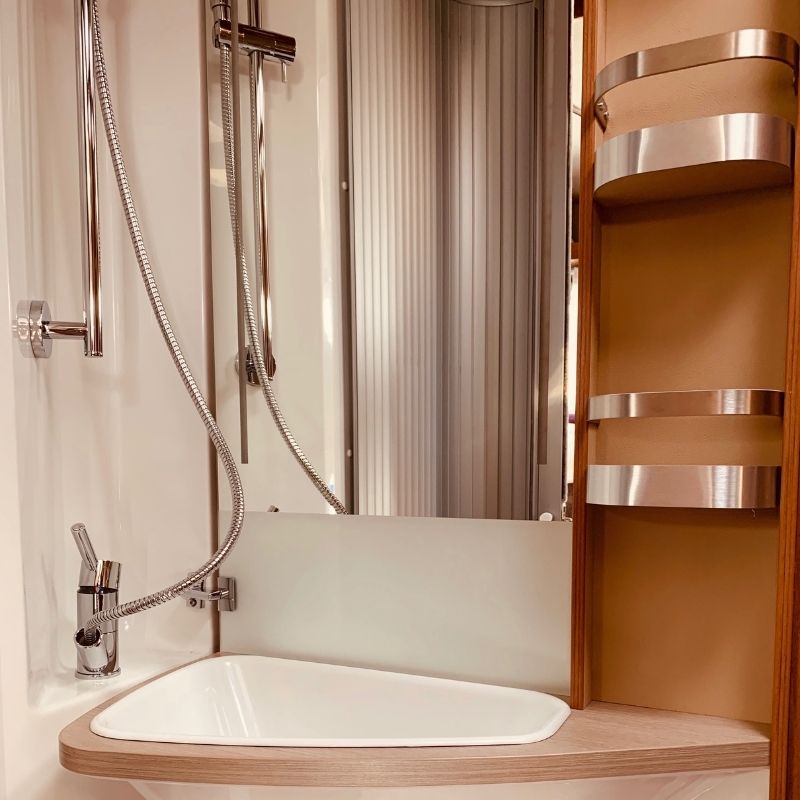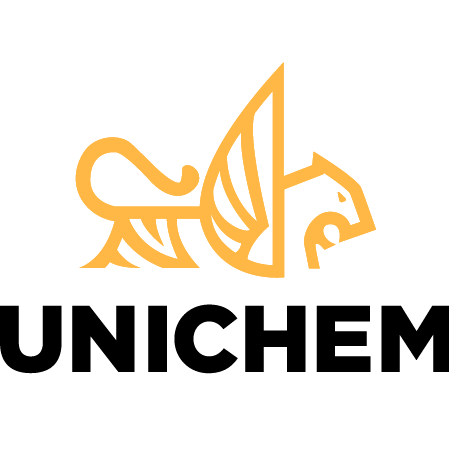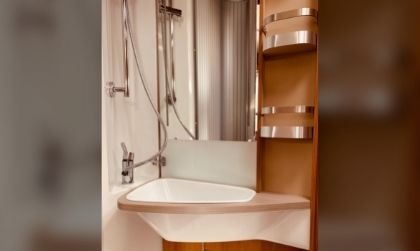
The laminating industry is continually evolving, creating combinations of substrates that provide a novel look and feel to meet the increasing demands placed upon finished products. Laminates today must offer cutting-edge properties with maximum durability, flexibility, sturdiness, and offer a variety of surface finish options. Traditional hot melt polyurethane adhesives provided advantages when bonding to challenging substrates with processing and product performance. With advancements in adhesive chemistry and processing knowledge, various combinations of substrates are available for laminates today.
The Many Uses for Laminates Today
There are endless possibilities and end-use applications for laminating adhesives ranging from traditional to exotic. For example, laminating fabric to foam is required when manufacturing wetsuits or automotive seat cushions. Laminating aluminum honeycomb in between aluminum sheets produces highly pressurized, strong, yet lightweight panels for railway cars. There are endless possibilities with laminating combinations, and some may prove harder to bond than others.
Why Are Some Materials Difficult to Bond?
There are many reasons why lamination bonding processes fail or pose additional challenges. Different types of material have different properties that affect their ability to bond well. Some common problems with lamination bonding include:
Dyne Level / Surface Energy – Just like a drop of glue will peel off of glass but will bond to paper, the wettability and surface energy of a substrate determines the level of difficulty for bonding. The surface energy, also called the dyne level, determines whether a coating or adhesive will bond or bead up on the surface. Materials that have a dyne level of at least 38 or more are considered to be more easily bondable, whereas materials with a dyne level of 30 are not as bondable.
Irregular Surface / Contours – Substrates with an irregular surface or contours may be difficult for an adhesive to bond well.
Improper Pretreatment – some surfaces require pretreatment preparation for adhesion to occur at all or for improved adhesion.
Using the wrong adhesive – the correct type of adhesive must be chosen that has the right viscosity for the substrate and the application.An experienced custom coatings and adhesives supplier can perform R&D to ensure that lower dyne materials adhere and to provide adhesives that fulfill manufacturers’ various product and process specification requirements.
Improved Adhesives and Surface Preparation
While using the right adhesive is critical, proper surface preparation can be equally important. There are various types of surface preparation methods available such as flame treatment or corona laminating equipment. Flame treatment machines and corona laminating machines mechanically alter the molecular structure of the surface without altering aesthetic, visible properties to allow for easier adhesion.
For laminators that are dealing with difficult substrates and materials, working with a custom adhesive specialist with knowledge of advanced adhesive chemistry is critical.
UNICHEM Offers Laminating Adhesive Solutions
Universal Chemicals & Coatings, UNICHEM, is a leading Midwest provider of custom coatings, paints, and adhesives. UNICHEM manufactures custom coatings and adhesives used in coil applications and for laminating to metal for a variety of industries. Our industrial adhesive uniBOND is available in single stage or B-stage curing options and provides superior bonding for coil coating laminates.
UNICHEM offers more than 50 years of experience in troubleshooting and providing customized solutions that improve product quality and process efficiency. Our team of industrial adhesive specialists possess deep technical knowledge of resin science and polymer chemistry. Contact us for answers to your laminating problems and for custom industrial adhesive solutions.


